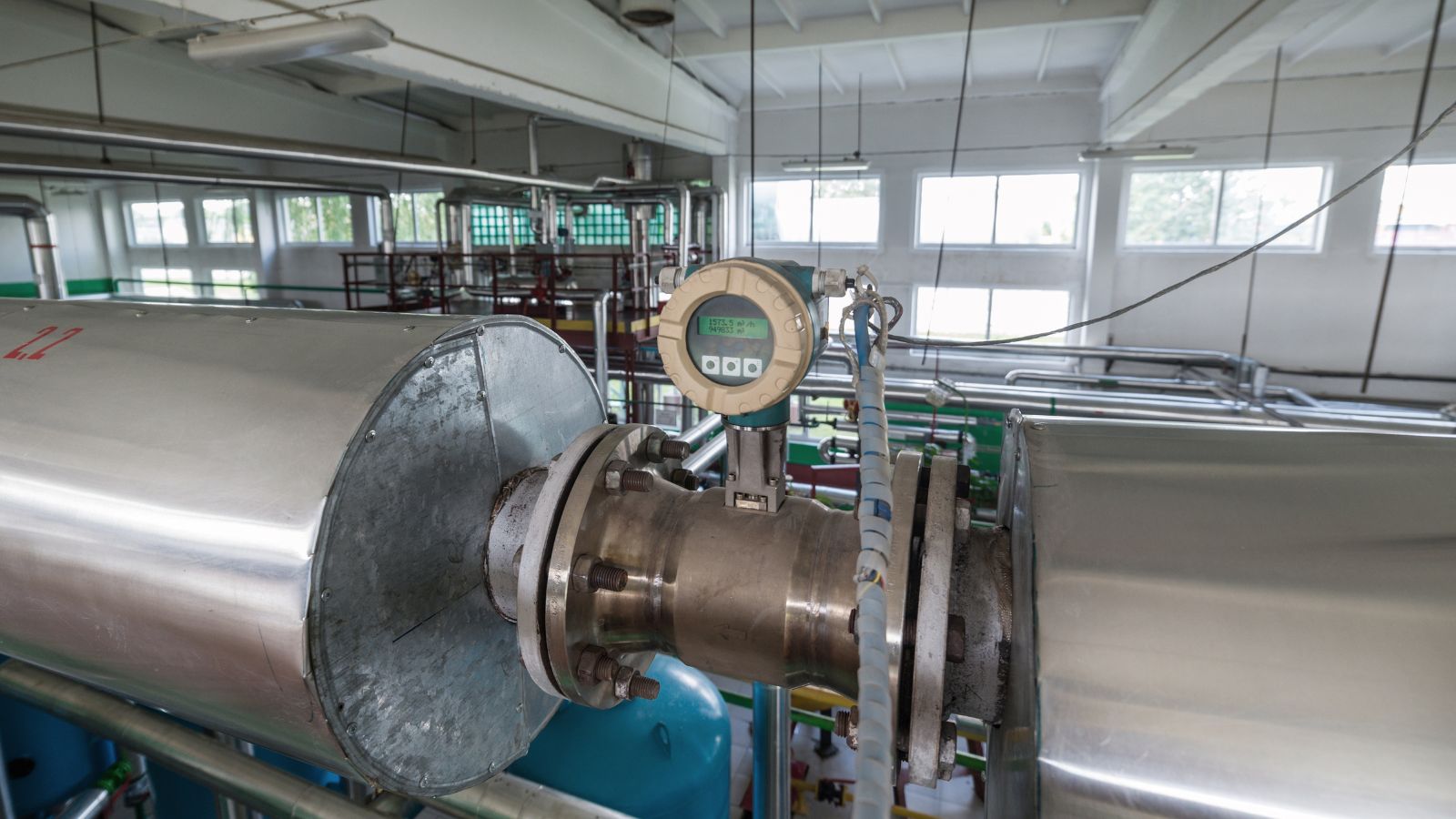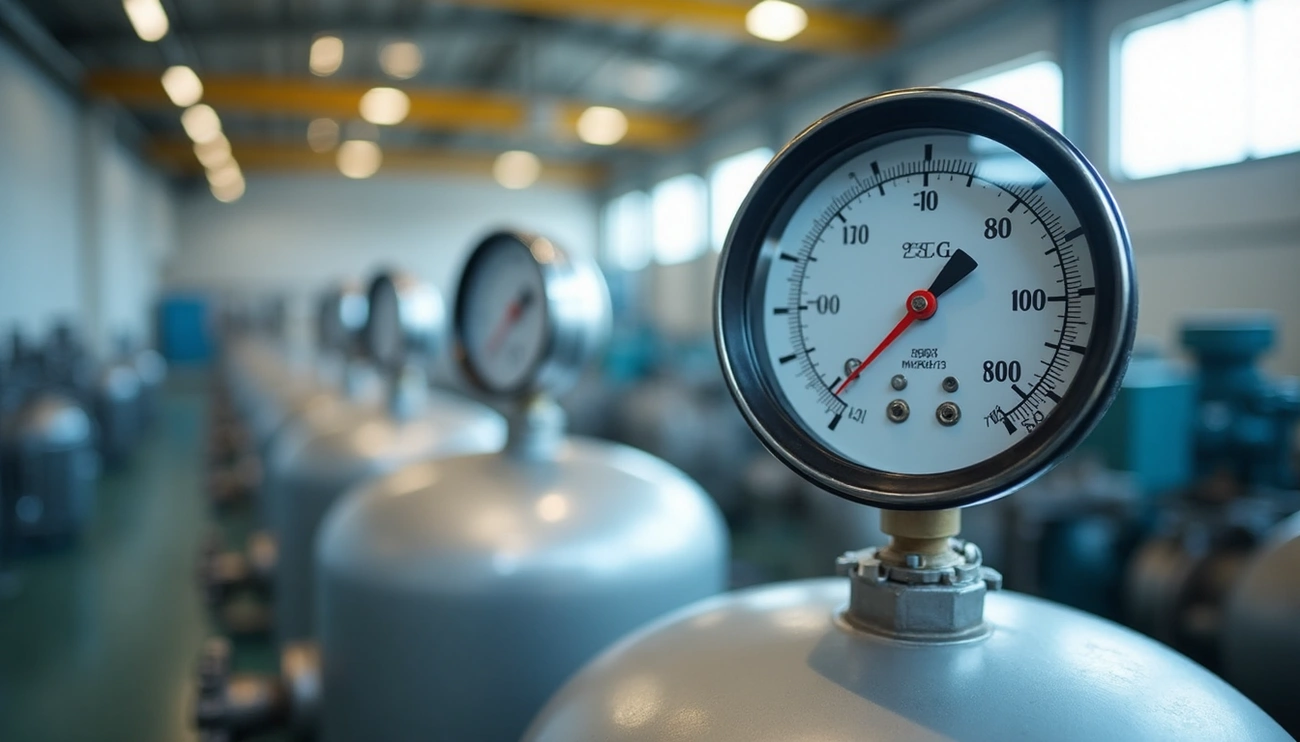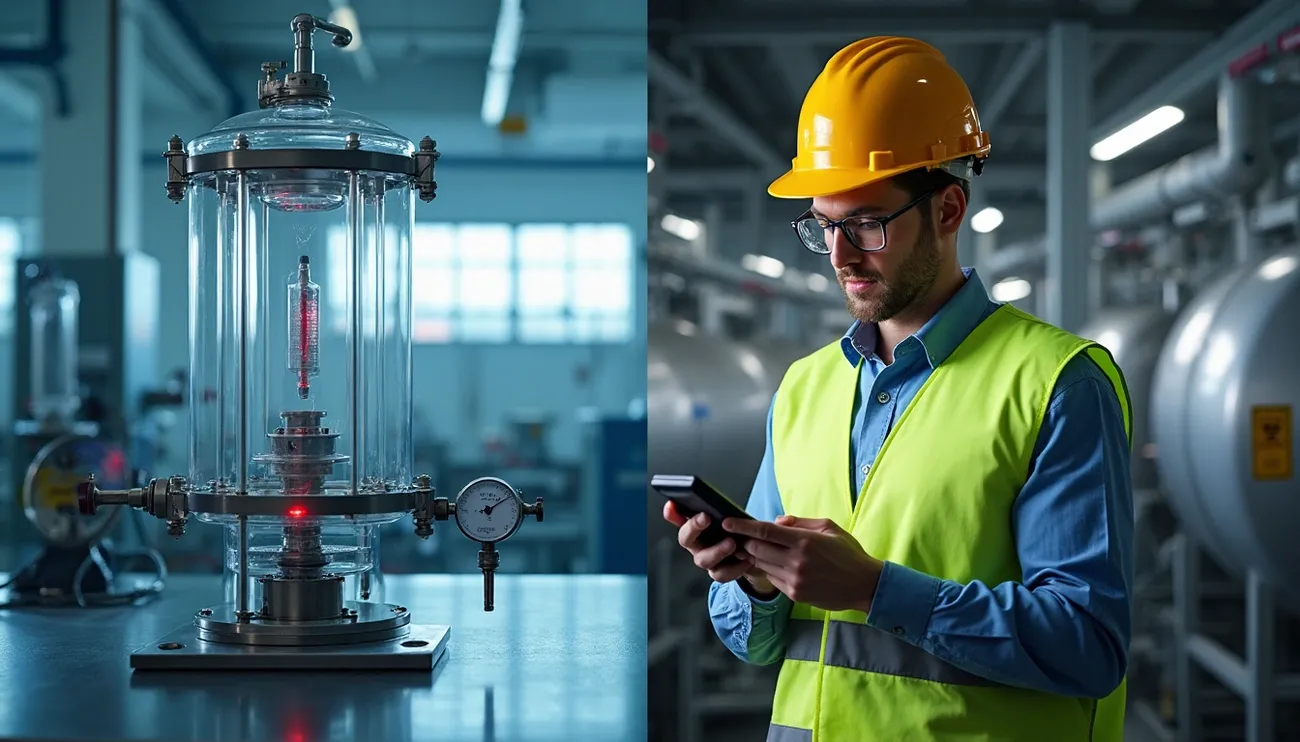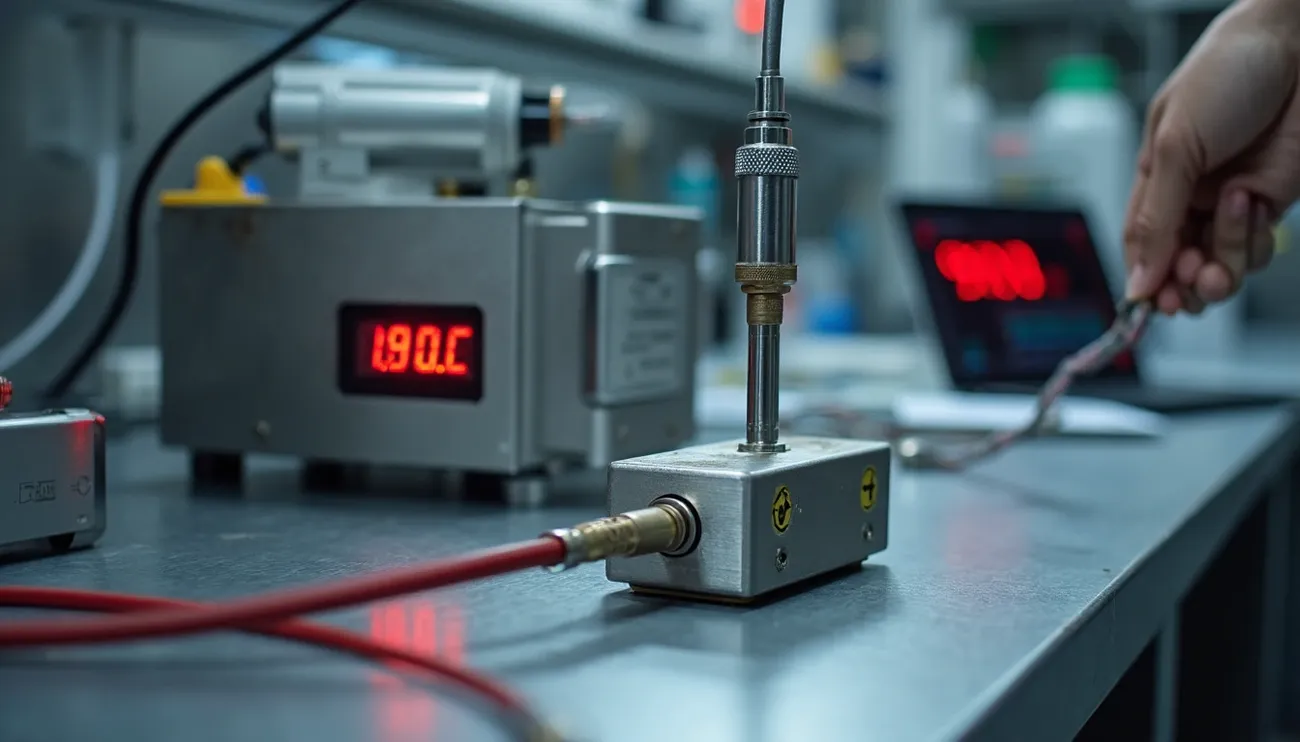Pressure switches are vital components in numerous industrial applications, ensuring the safety and efficiency of complex systems. Understanding their principles of operation, accuracy, reliability, and cost considerations is crucial for making informed purchasing decisions. This article provides a comprehensive overview of pressure switches, comparing different types, and offering guidance on selecting the right one for your needs.
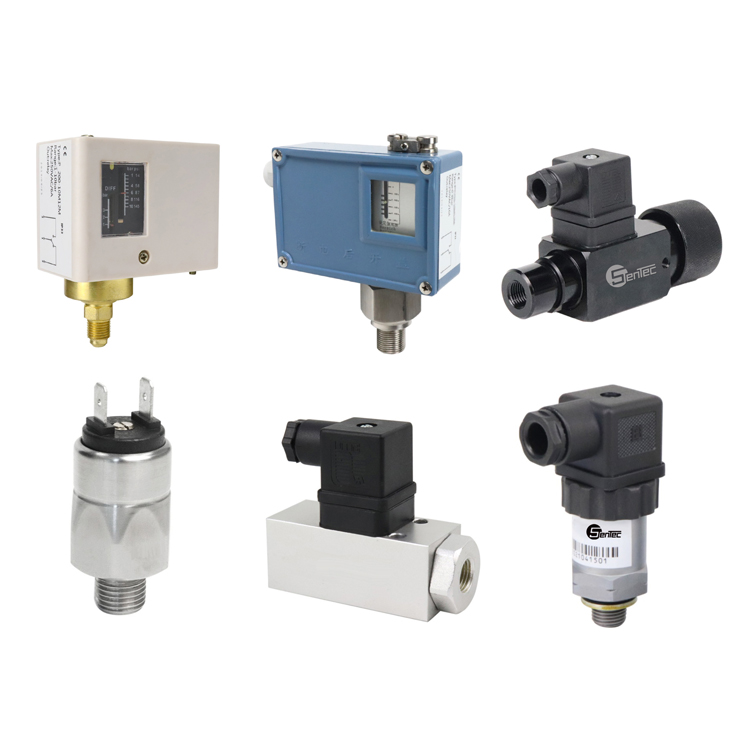
Introduction: What Are Pressure Switches and Why Are They Essential?
Pressure switches are devices that monitor and control the pressure within a system. They operate by triggering an action—such as an alarm, pump, or valve—when a certain pressure threshold is reached. These devices are essential in industrial settings because they prevent system failures, protect equipment, and ensure safe operations. For instance, in a hydraulic system, a pressure switch might shut down a pump if the pressure becomes too high, preventing potential damage or catastrophic failure.
Understanding how to wire a pressure switch is equally important, as improper wiring can lead to malfunction or unsafe conditions. Most pressure switches have straightforward wiring instructions, but it’s essential to follow the manufacturer’s guidelines precisely to ensure correct installation and operation.
Measurement Principles: How Do Pressure Switches Work?
Pressure switches can be categorized based on their working principles:
- Mechanical Pressure Switches: These switches use a physical element, like a diaphragm, piston, or bellow, that moves in response to pressure changes. When the pressure reaches a set point, the mechanical movement triggers an electrical contact. Mechanical pressure switches are typically used in applications where simplicity and durability are key.
- Electronic Pressure Switches: These devices use pressure sensors to convert pressure into an electrical signal. The electronic circuitry processes this signal and triggers a response when the set point is reached. Electronic pressure switches offer higher precision and are often used in applications requiring fine-tuned control and monitoring.
- Differential Pressure Switches: Designed to measure the difference in pressure between two points, these switches are commonly used in monitoring filters, pumps, and fluid levels. When the pressure difference reaches a certain threshold, the switch is activated.
- Low Pressure Switches: These are specifically designed to monitor and control low-pressure systems. They are crucial in applications such as HVAC systems, gas distribution networks, and low-pressure liquid systems where maintaining precise low-pressure levels is critical for safety and efficiency.
Accuracy and Precision: Comparing Performance in Different Environments
The accuracy and precision of pressure switches vary depending on their design and the environment in which they are used:
- Mechanical Pressure Switches: These are generally less precise than their electronic counterparts but are highly reliable in rugged environments. They are often used in applications where exact pressure measurements are less critical, and durability is a priority.
- Electronic Pressure Switches: Known for their high accuracy, these switches are ideal for applications where precise pressure control is essential, such as in laboratory environments or sensitive industrial processes. They can also compensate for temperature variations, enhancing their accuracy.
- Differential Pressure Switches: These switches excel in applications requiring monitoring of pressure differences rather than absolute pressure. Their accuracy depends on the quality of the sensors and the specific application conditions.
- Low Pressure Switches: In environments where maintaining low pressure is crucial, such as in gas handling systems or delicate fluid controls, low pressure switches offer the necessary accuracy and sensitivity. They are designed to detect minute changes in pressure, ensuring that even small deviations are quickly addressed.
Reliability and Durability: Maintenance and Lifespan Considerations
When it comes to reliability and durability, the choice of a pressure switch depends largely on the operating environment and maintenance capabilities:
- Mechanical Pressure Switches: These are highly durable and can operate in harsh conditions, such as extreme temperatures or corrosive environments. They require minimal maintenance and have a long lifespan, making them a cost-effective choice for many industrial applications.
- Electronic Pressure Switches: While offering greater precision, electronic switches may be more sensitive to environmental factors like moisture or dust. They typically require more frequent maintenance and may have a shorter lifespan compared to mechanical switches.
- Differential Pressure Switches: These switches are generally reliable but may require more maintenance in applications with high particulate matter or in corrosive environments, where the sensors could degrade over time.
- Low Pressure Switches: Due to their specialized nature, low pressure switches are designed to operate reliably in sensitive environments. However, they may require regular calibration and maintenance to ensure long-term accuracy and performance.
Cost Considerations: Balancing Initial and Operational Costs
Cost is a critical factor in selecting pressure switches, and it involves more than just the initial purchase price:
- Mechanical Pressure Switches: These are generally more affordable upfront and have lower operational costs due to their durability and minimal maintenance requirements. They are a cost-effective choice for applications where high precision is not essential.
- Electronic Pressure Switches: Though more expensive initially, electronic switches can be more cost-effective in applications requiring high accuracy and advanced control features. However, their maintenance and potential replacement costs should be factored into the overall budget.
- Differential Pressure Switches: These can vary widely in cost depending on the complexity of the application. In scenarios where precise monitoring of pressure differentials is critical, investing in a high-quality differential pressure switch can prevent costly system failures.
- Low Pressure Switches: These switches, while potentially higher in cost due to their specialized design, offer long-term savings in applications where maintaining low pressure is critical. Their ability to prevent system failures and optimize performance can justify the initial investment.
Use Cases: Choosing the Right Pressure Switch for Your Application
Selecting the appropriate pressure switch depends on specific application requirements, including accuracy needs, environmental conditions, and budget constraints:
- Mechanical Pressure Switches: Ideal for heavy-duty industrial applications such as HVAC systems, hydraulic presses, and industrial compressors, where robustness and simplicity are key.
- Electronic Pressure Switches: Best suited for precision applications like pharmaceutical manufacturing, chemical processing, and any environment where exact pressure control is necessary.
- Differential Pressure Switches: Perfect for monitoring and controlling filters in HVAC systems, fluid levels in tanks, and ensuring the efficient operation of pumps in various industrial settings.
- Low Pressure Switches: Crucial in scenarios where maintaining precise low-pressure levels is essential, such as in gas distribution systems, HVAC applications, or delicate fluid control systems. These switches ensure that low-pressure environments are kept within safe and optimal ranges.
Conclusion: Making the Right Choice for Your Industrial Needs
Pressure switches are indispensable in maintaining the safety and efficiency of industrial systems. When choosing a pressure switch, consider the specific demands of your application—whether you prioritize accuracy, durability, or cost-effectiveness. Mechanical switches offer robustness and lower costs, electronic switches provide precision and advanced features, and differential and low pressure switches are ideal for specific monitoring needs.
By understanding these factors, purchasing managers and application engineers can make informed decisions that align with their operational requirements and budget. For more information or to explore specific pressure switch models, consider reaching out to manufacturers or requesting a product demo.
For further reading on pressure switches and their applications, you can visit authoritative sources like Wikipedia or contact our engineers.

